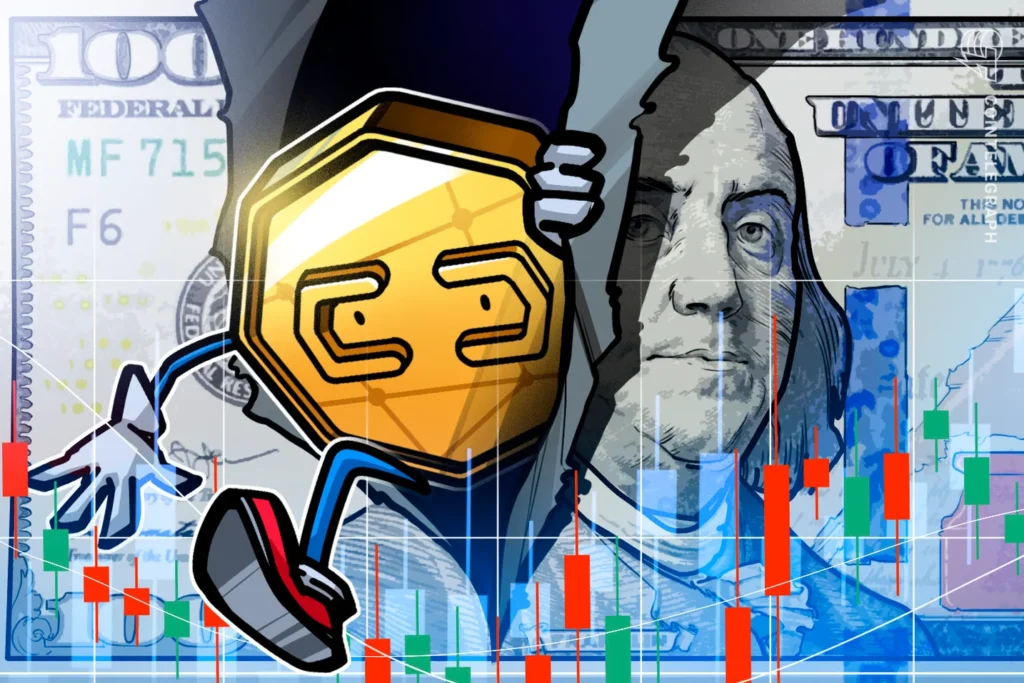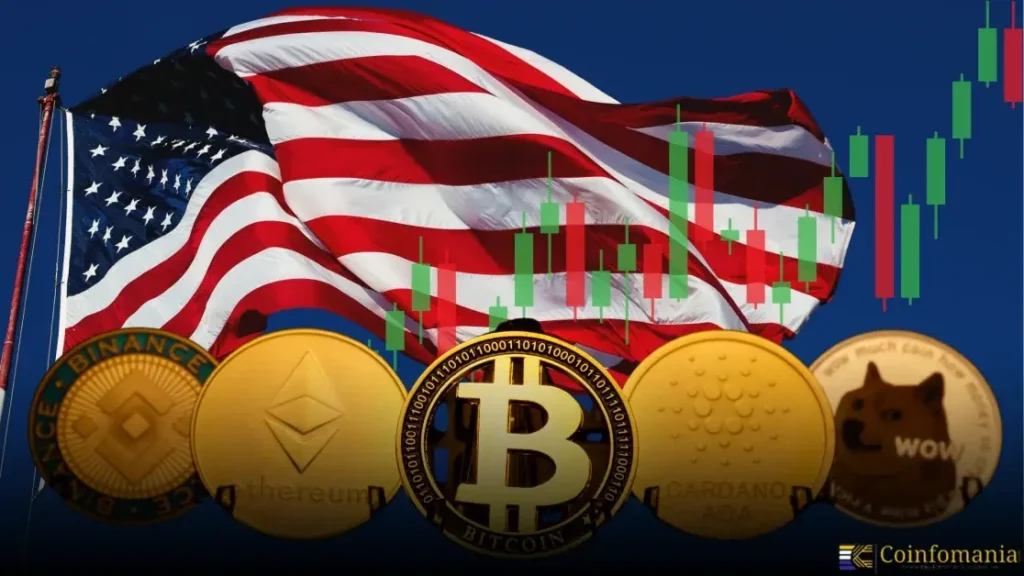Vitalik Buterin & Tom Lee Weigh In: ETH Growth and Risks Ahead
Setting the Stage: Why ETH Growth and Risks Are a Hot Topic
Ethereum has never been short on drama or ambition. Between Vitalik Buterin’s cautious warnings and Tom Lee’s bullish optimism, the debate on ETH growth and risks is heating up. What makes it fascinating is that they’re not talking about price charts alone — they’re looking at treasuries, institutional adoption, and the potential pitfalls of a system that could grow too quickly for its own good.
According to a recent report from Coinpedia, Buterin has openly questioned whether Ethereum treasuries could morph into something unsustainable, perhaps even overleveraged. On the flip side, Lee continues to emphasize upside potential, projecting long-term demand from enterprises and investors. Somewhere between their views lies the messy reality of crypto markets.

Credit from : Google Play
Buterin’s Caution: The Risk Side of ETH Growth
Vitalik Buterin has never been the type to sugarcoat. He’s often the first to highlight risks, even when the community doesn’t want to hear them. His latest concern? Ethereum treasuries acting less like stable reserves and more like speculative vehicles.
As CryptoRank notes, Buterin warned that projects might end up relying too heavily on treasury funds. If these funds become overly financialized — constantly traded, borrowed against, or used as collateral — the system could be vulnerable to market downturns. A crash in ETH’s value, for example, wouldn’t just hurt individual investors but entire projects depending on those treasuries to survive.
It sounds a bit like déjà vu, doesn’t it? Some compare it to the 2022 collapses where overleveraged players triggered a domino effect. Buterin’s point is simple: Ethereum’s strength could also be its fragility if treasuries aren’t handled conservatively.

Credit from : Daily Coin
Tom Lee’s Optimism: ETH Growth as an Unstoppable Trend
On the other side of the table sits Tom Lee, co-founder of Fundstrat Global Advisors. Lee’s reputation as a perennial crypto bull is well-earned, and this time is no exception. He argues that while risks are real, Ethereum’s trajectory remains overwhelmingly positive.
Citing adoption by both retail and institutions, Lee has made bold calls, with some predictions suggesting ETH could move toward the $10K–$15K range in coming cycles (Coinpedia). Sure, it sounds lofty, maybe even a bit wild, but Lee insists that Ethereum’s position as the backbone of DeFi, NFTs, and smart contracts makes such growth plausible.

Credit from : Cointelegraph
His reasoning? Demand for Ethereum isn’t just speculative—it’s tied to actual use cases, from decentralized finance platforms to digital art ownership. And while volatility might rattle nerves, he sees it as noise in a much larger story of adoption.
Treasuries as a Double-Edged Sword
This is where the conversation gets tricky. Treasuries, on the surface, make sense. Projects holding ETH can fund development, incentivize ecosystems, and even earn yield through staking. But — and it’s a big but — the temptation to stretch these reserves is strong.
Imagine this: a project with $50 million in ETH decides to collateralize it, borrow against it, and reinvest. If ETH climbs, they win big. If ETH tanks, they’re underwater. Multiply that scenario across dozens of projects, and you see why Buterin’s warning isn’t just academic.
At the same time, Lee would argue that the existence of such treasuries proves Ethereum’s staying power. If developers and protocols are confident enough to hold ETH long-term, that’s a vote of confidence in its growth story. So, which side do you take? Maybe both.

Credit from : Coinfomania
ETH Growth and Risks in the Bigger Picture
Zooming out, the debate isn’t just about Ethereum treasuries. It’s about what happens when technology moves faster than the systems built to manage it. ETH has scaled from a niche blockchain experiment to a multi-billion-dollar ecosystem in under a decade. That kind of growth always brings both opportunity and risk.
Some experts suggest regulators might eventually step in, especially if Ethereum treasuries start looking like shadow banks. Others argue the decentralized nature of crypto makes such oversight nearly impossible. Either way, the conversation reflects a broader truth: Ethereum isn’t operating in a vacuum, and its growth story is tied to how responsibly the ecosystem handles financial structures.
What’s Next for Ethereum?
So, where does this all go?
If Buterin’s warnings are heeded, we might see more conservative treasury management, perhaps through diversified holdings or capped leverage. That could steady the ship but might also limit aggressive growth. If Lee’s vision takes the spotlight, Ethereum could see continued explosive adoption, with treasuries doubling down on staking, lending, and reinvestment.
Realistically, the outcome will probably be a mix of both. Treasuries will play a central role, but so will the market cycles that crypto can never escape. The only certainty is volatility — and the fact that ETH will remain the most-watched blockchain in the world.

Credit from : NFT now
Final Thoughts: Balancing ETH Growth and Risks
In the end, the ongoing discussion between Vitalik Buterin and Tom Lee isn’t just about numbers, charts, or bold predictions. It’s about how Ethereum balances ambition with caution. Treasuries can be both a powerful tool and a dangerous gamble. Growth is inevitable, but risks are never far behind.
The story of Ethereum, as always, is a balancing act. And as the debate over ETH growth and risks continues, investors, developers, and everyday users alike will have to navigate both sides of the equation.




